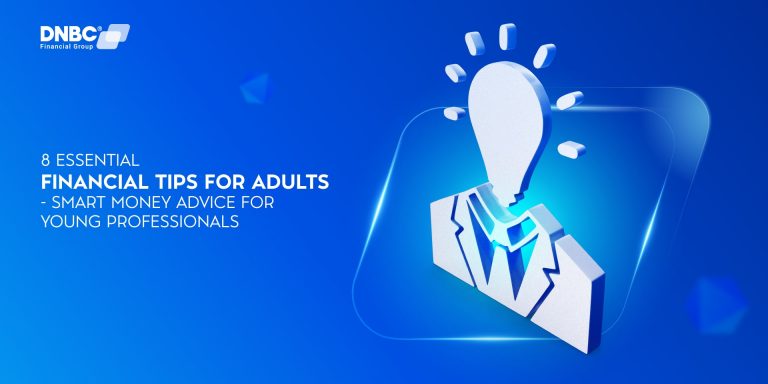If you have ever used a credit card or a debit card, you have probably noticed a long string of numbers on the front or back of your card. This is your primary account number (PAN), and it’s a unique identifier for your card and your account.
But what exactly is a PAN and why is it important? This article will explain what a PAN is, how it works, and why you need it.
What is a Primary Account Number in bank?
A primary account number is a 14-, 15-, 16-, or even up to 19-digit number assigned to a payment card, such as a credit card or a debit card.
It’s also sometimes called a payment card number or simply an account number. The PAN is printed or embossed on the card and can also be found on the magnetic stripe or the chip of the card.
The PAN is not randomly generated. It follows a system set by the American National Standards Institute (ANSI) that codes the numbers to identify the card issuer, the card network, and the cardholder account.
The PAN helps prevent fraud and identity theft by making sure that each card and account is unique and traceable.

What is Primary Account Number in bank?
How does a Primary Account Number work?
The primary account number consists of several parts that have different meanings. Here is how to decode your PAN:
- The first digit is called the major industry identifier (MII). It indicates what type of industry or organization issued the card. For example, 1 or 2 are for airlines, 3 is for travel and entertainment (such as American Express), 4 is for Visa, 5 is for Mastercard, 6 is for Discover, 7 is for petroleum, 8 is for health care and communications, and 9 is for government.
- The next five digits are called the bank identification number (BIN) or the issuer identification number (IIN). They indicate which bank or financial institution issued the card and which card network it belongs to. For example, 601100 is for Discover cards.
- The remaining digits, except for the last one, are called the individual account identifier. They identify the specific account that is linked to the card. Each card issuer has its own numbering system and can assign up to 1 trillion possible combinations to its customers.
- The last digit is called the checksum or the check digit. It is calculated using a mathematical formula called the Luhn algorithm that verifies the validity of the PAN. It helps detect any errors or fraud attempts in entering or transmitting the PAN.
Why do you need a Primary Account Number?
Your primary account number is essential for using your payment card and accessing your account.
Here are some reasons why you need it:
You can make purchases online or over the phone. When you enter your PAN along with other information such as your name, expiration date, and security code, you authorize the merchant to charge your account for the goods or services you buy.
You can check your balance, view your transactions, pay your bills, or manage your account online or through an app. When you log in to your account using your PAN and other credentials such as your password or PIN, you can access various features and functions of your account.
You can report a lost or stolen card or a fraudulent transaction. When you contact your card issuer or your bank to report any issues with your card or your account, you will need to provide your PAN as well as other details to verify your identity and resolve the problem.
How to protect your Primary Account Number?
Your primary account number contains sensitive information that can be used by criminals to steal your identity or money.
Therefore, you should protect it from unauthorized access or use. Here are some tips on how to safeguard your PAN:
- Never share your PAN with anyone who is not authorized to access your account or process your payment.
- Do not write down your PAN or store it in an insecure location such as your phone, email or computer.
- Use a secure payment method that encrypts or masks your PAN when making online or in-store purchases, such as a digital wallet, tokenization or contactless payment.
- Monitor your account activity regularly and report any suspicious or fraudulent transactions to your card issuer immediately.
- If you lose your card or suspect that your PAN has been compromised, contact your card issuer and request a replacement card with a new PAN as soon as possible.
DNBC Financial Group is your trusted provider in international money transfer
- Get 100% free 1-on-1 support
- 100% free account opening
- Seamless onboarding process
Or please contact DNBC
![]() Email: [email protected]
Email: [email protected]
![]() Phone Number:
Phone Number:
- +65 6572 8885 (Office)
- +1 604 227 7007 (Hotline Canada)
- +65 8442 3474 (WhatsApp)



 DNBC Team
DNBC Team






